Indian consumers love their phones, deals & tech, value their data: KPMG
KPMG continues to explore the multi-dimensional customer in the second edition of its ‘Me, My Life, My Wallet’ report. The report builds on the first edition’s multilayered research methodology developed by KPMG Innovation Labs and draws on new insights from across the KPMG network.
The research explores six key themes of critical importance to organisations and institutions around the world, namely – trust, data, wealth and retirement, generational surfing, the customer of the future and the B2B customer. It also provides an in-depth look at STEP (Social, Technological, Economic and Political) events influencing consumers of today, tomorrow and highlights emerging patterns of behaviour around the world.
This year’s edition of ‘Me, My Life, My Wallet’ is based on ethnographic interviews and an online survey, conducted during 2018, by GLG and Foresight Factory on behalf of KPMG International. The survey included nearly 25,000 consumers across Brazil, Canada, China, France, India, the UAE, the UK and the US.
“The Indian consumer is difficult to understand, and as the online revolution progresses beyond the big cities and starts gaining momentum in the country’s heartland, they are getting more complicated still. The rewards for companies who take time to learn, though, are substantial,” remarked Arun M Kumar, Chairman and CEO, KPMG in India.
Interesting highlights for India:
In India, consumers trust technology companies (75 per cent), wealth management companies (62 per cent), power & utility firms (62 per cent), banking (75 per cent) the most. The least trusted entity is the government at 51 per cent, a high figure compared to the global average (37 per cent).
87 per cent would trade their personal data to a company for:
- Better customer experience and personalization – 26 per cent
- Better products and services – 24 per cent
- Better security – 21 per cent
58 per cent will most likely view brands on social media that “offer deals or discounts”
55 per cent would rather lose their wallet than their phone
Globally, 66 per cent of consumers are interested or very interested in technology – this leaps in the fast-growing economies of China (81 per cent), and India (83 per cent)
Globally, 38 per cent of consumers are anxious about unauthorised tracking of their online habits by companies, governments, and criminals; 47 per cent in India
Globally, 51 per cent of consumers are anxious about identity theft; 52 per cent in India
Globally, almost a quarter (24 per cent) of consumers say they would not trade their data, this falls to 13 per cent in India
Consumers in India are more trusting with their data than consumers in other markets. Globally, 37 per cent of consumers don’t trust anyone with their social media data, in India 13 per cent. Globally, 31 per cent of consumers don’t trust anyone with their mobile data, in India 10 per cent.
Data sharing concerns
Harsha Razdan, Partner and Head, Consumer Markets, KPMG in India, observed, “Consumers are anxious, with younger generations feeling it the most. They like new technology, but are concerned about handing over personal data, and what that could mean for their privacy and security. Our research demonstrates that organisations should be aware of the heightened awareness people have about the value of their data; they want to feel that they are in control at every stage of the business relationship.”
Many companies haven’t yet fully grasped the concerns consumers have about sharing their data, or how this could affect consumer loyalty. Yet more and more businesses are looking to monetise the data they hold. “Consumers are more aware of the value of their data, and businesses need to be responding to this new, tech-driven, data-savvy type of customer,” Razdan said.
More and more data is being constantly fed, which clearly characterise an individual’s buying behaviour and what their responses and reactions are. As per this report, in India about 51 per cent people are willing to share their data with technology companies, but are wary of sharing it with the government. “The reason behind this is that technology or e-commerce platforms give you something in return, even it might be short term,” Razdan said.
Challenges of profiling consumers
“With digital services moving from the big cities into India’s heartland, the type of growth that we will witness will change,” said Abhijeet Ranade, Partner and Head of Customer & Channels, Management Consulting, KPMG in India. “The consumer in a second-tier city will be very different to the one in Mumbai and the rural consumer is different again. This makes the Indian market yet more complex,” he added.
According to Ranade, when it came to products, there will never be digital only or physical only, but a mix of the two.
Are brands today micro managing consumer segments?
Razdan remarked that while brands are trying to micro manage consumer segments, not all of them are succeeding in this. “The question is how many brands you have at home and how many you want to engage with. We feel that many consumer brands will struggle in a few years’ time and they will have to make more and more choices and decide on who they are going to service. For example, Nike shoes will target everybody with the oft repeated jargon ‘One size fits all’, but going forward they will have to identify those pockets and figure out if there is enough business in those pockets in order to have a product or service catering to that audience,” he added.
He cited another example of Bajaj Finserve, who decided to provide a service proposition that was seamless, painless and all done at the customer’s convenience. The targeted a customer base that was mass affluent (a person earning Rs 15 lakh and above annually) and not just across the spectrum. What this TG wants the most is a seamless service, which costs a premium, but they are willing to pay it.
“On the other hand, LIC targeted everybody and we feel at the end of day they are a confused lot,” Razdan noted.
Brand loyalty Vs price loyalty
Both Ranade and Razdan maintained that there would be consumers on both sides and that there was behavioral potential for both. Ranade observed, “For the newer generation, the offer that they get from a Flipkart or an Amazon for the money that they are spending is more interesting and price does play an important factor. But brands also need to remember that in today’s landscape, customer loyalty is not a long term relationship, the loyalty is there only till you are popular.”
At the same time, Razdan stressed that brand loyalty was not the issue, it was maintaining and sustaining this loyalty, which was difficult. He further said, “The danger lay where brand loyalty and brand flirting – that is, you may be loyal, but you are also experimenting – co-existed. In today’s digital age, there are so many brands launching on a daily basis and most are reaching out to the consumers directly. Hence, no one’s position is guaranteed, and that’s why brands need to continuously work on personalising and customising their products.”
Traditional Vs digital advertising
Ranade and Razdan were unanimous in the fact that brands were spending a lot more on the digital space. They noted, “TV will be a difficult proposition for a lot of brands unless you have deep pockets. For niche products, going on TV will be expensive.”
Ranade gave an example of how KMPG convinced one of its clients to move away from TV and use Facebook, where they were able to use their company web page more effectively and efficiently.
He noted, “Today, when a brand goes to an advertising agency, the agency is looking at the end product and not at the way the product was created and assuming that this is what the consumer wants. We are telling the brand ‘let us make you understand how you target your customer with what they want’. For instance, there is a chocolate brand that we work with. Their website and Facebook campaign had images of their chocolates. We advised them to move away from it because of the work we have done in digital marketing. We told them that they are not supposed to sell chocolates, but an experience – it could be nostalgia, it could be warmth, festivals, etc. It got them targeting people with that perspective.”





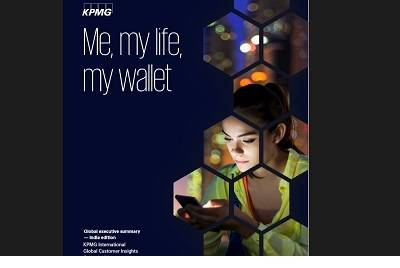

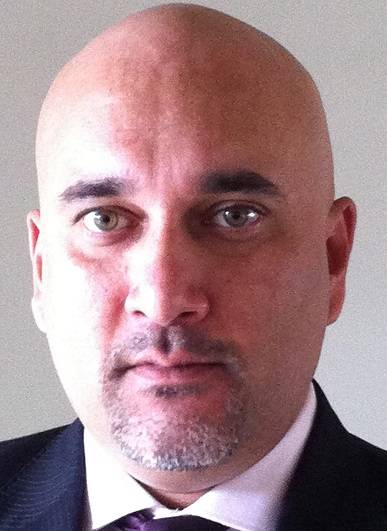
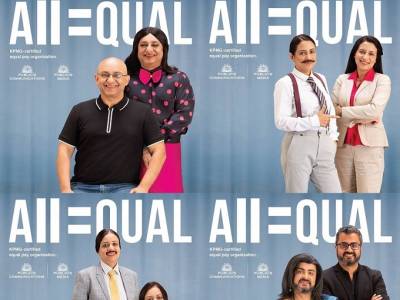

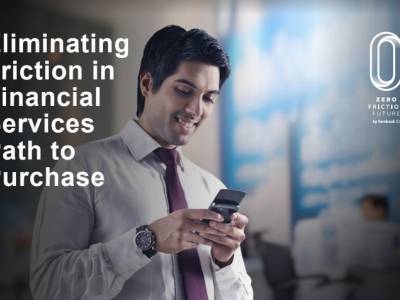

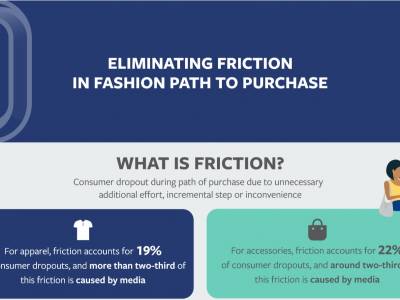





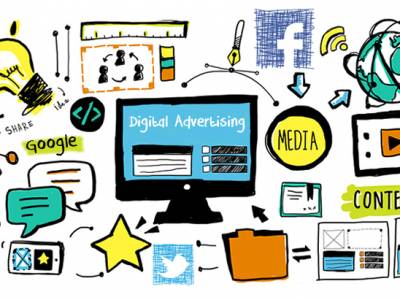




Share
Facebook
YouTube
Tweet
Twitter
LinkedIn